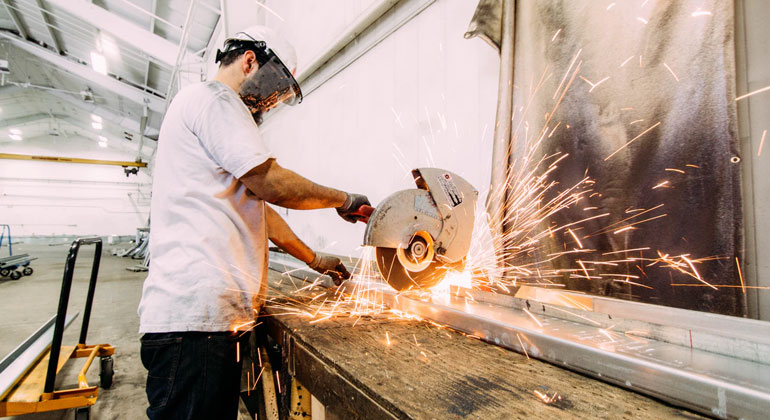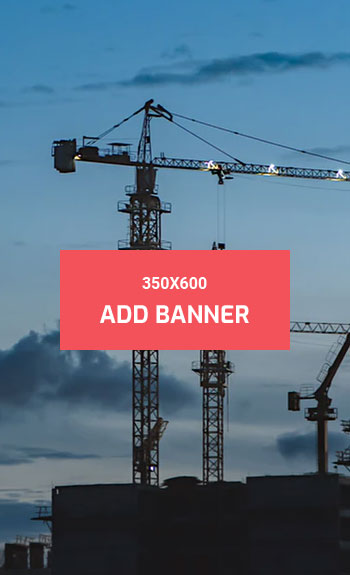A Look at the Future
The industry is learning to balance capacity with variability and find new ways to build support for the inherent variability of customer demands that are driven by an ever-changing economy. As machinery becomes more sophisticated, the ability to maintain a constant level of capital and profit is improving.
Although forecasting can be difficult in a business dependent on the economic fortune of its customers, the general consensus remains that those who can keep up with rapidly changing demands while still maintaining a high output capacity will elbow into a position of maximized profits.

The Need for Capital
To maintain profitability, metal fabrication shops require capital to quickly adjust output and meet the demands of a diverse customer base. Covering costs is easy in a booming economy, but when belts tighten, the industry must begin to cut corners and reduce variable costs, which in turn naturally limit the customer base the shop is able to cater to at any given time. The ability of these companies to make modern investments that allow them to maintain a variable output is the key to sustaining customer diversification.
By pairing efforts to diversify their customer base with economic vigilance and an eye on competitor costs, as well as ensuring the entire manufacturing process is streamlined from top to bottom, fabricators can protect their investments from the impacts of negative environmental influences.
The metal fabrication industry stands as a solid investment built on highly fluid customer demand. This lucrative moving target can be difficult to pin down, as shops struggle to gear their efforts and capital toward those sectors that yield the highest profits at any given time.
The volatility of the market has required the industry to streamline production practices and focus on the ability to reliably produce high-capacity output for a many varied customer requests.
Those metal fabricating shops that can optimize their manufacturing process and operating machinery, paired with stakeholders who can pay close attention to competing costs and the economic trends affecting their customer base, will lead the industry.





